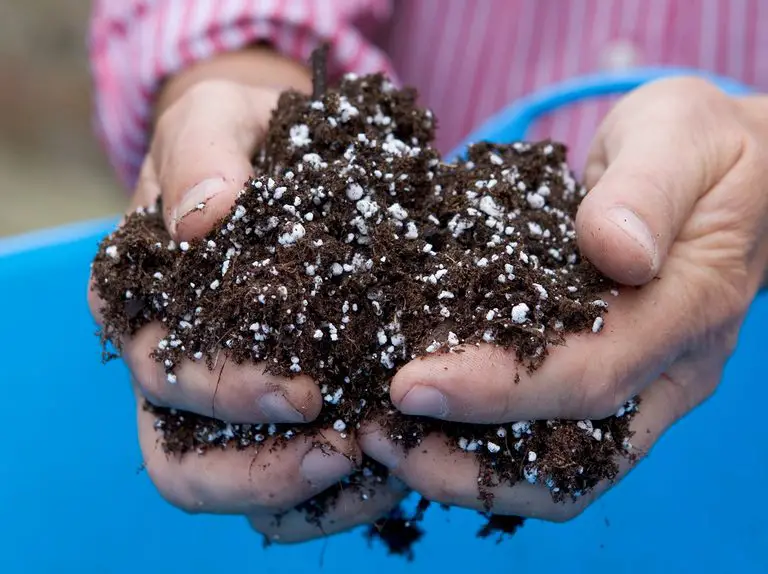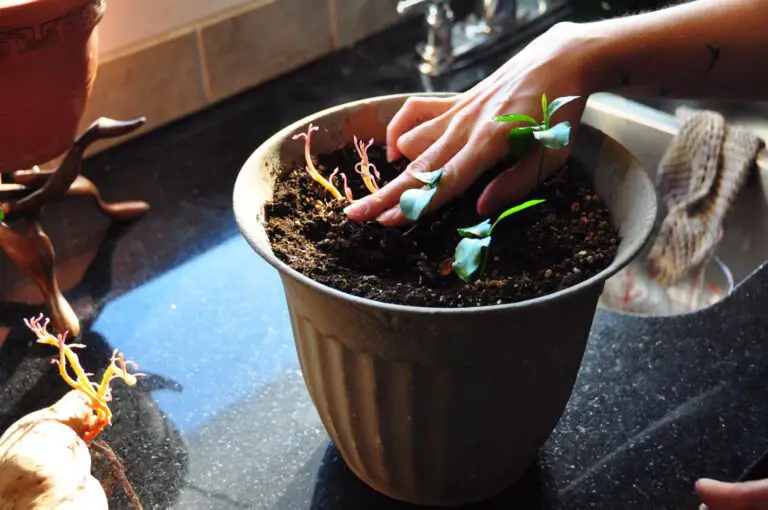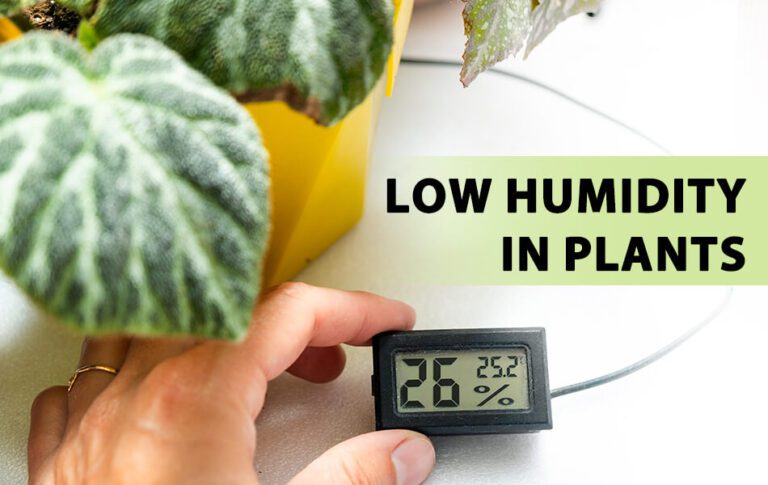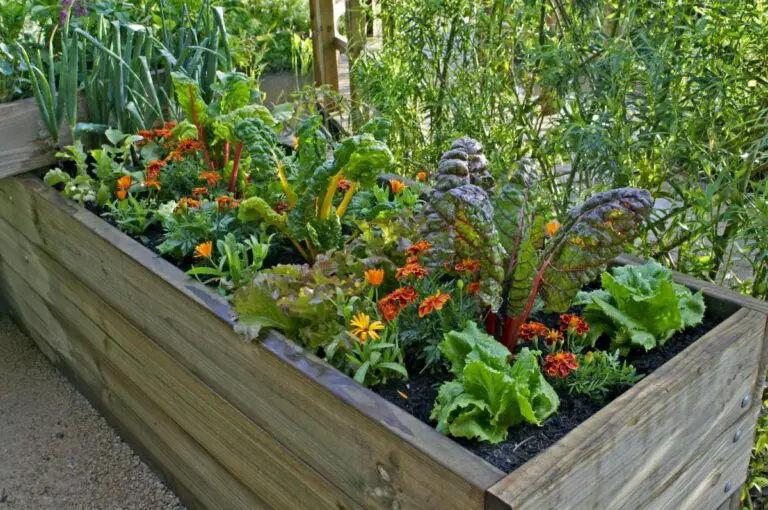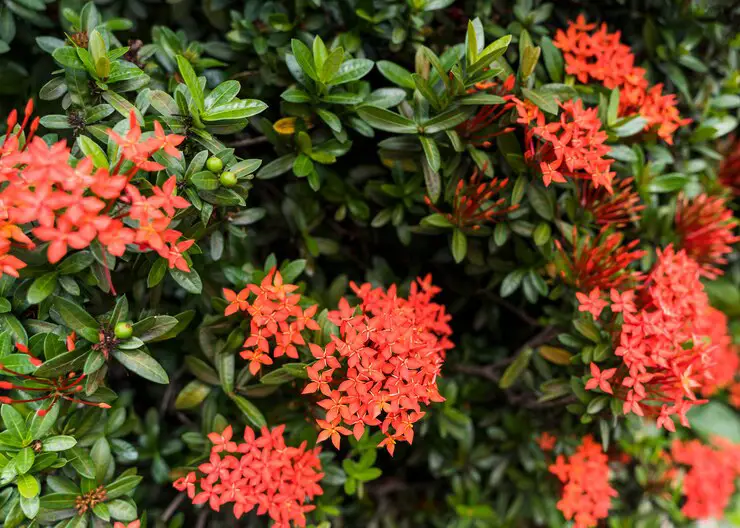How to Water Your Plants the Right Way: Tips and Tricks for Healthy Growth
Table of Contents
Understanding the Watering Needs of Different Plant Types
Different plant types have varying watering needs, and understanding these requirements is crucial for their overall health and growth. Succulents, for instance, have adapted to arid environments and store water in their fleshy leaves and stems. Therefore, they thrive in drier conditions and should be watered sparingly, allowing the soil to dry out completely between waterings. On the other hand, leafy greens, such as lettuce and spinach, require more frequent watering due to their high water content and fast growth rate. It is important to keep their soil consistently moist, but not waterlogged, to ensure optimal nutrient uptake and prevent wilting.
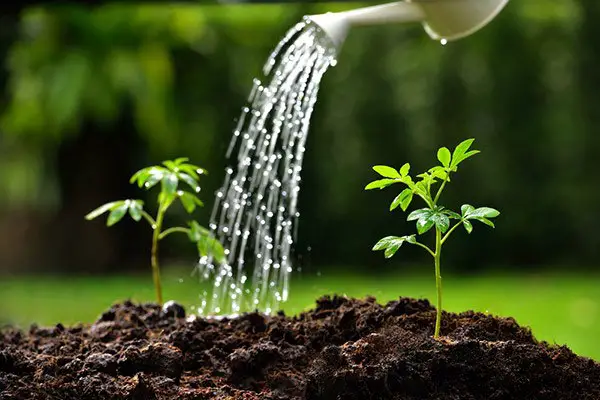
Furthermore, flowering plants, like roses and hydrangeas, often have specific watering needs depending on their stage of growth. During the flowering season, these plants require regular and deep watering to support the production of vibrant blooms. However, excessive watering can lead to root rot and other diseases, so it is crucial to strike a balance. Additionally, trees, especially those recently planted, require deep watering to establish strong root systems. Providing a slow, deep soak to the soil around their base encourages roots to grow downward in search of water, promoting stability and longevity for these majestic plants.
Understanding the watering needs of different plant types allows gardeners to provide targeted and optimal care, ensuring that their plants thrive and flourish. By tailoring the watering schedule to each plant’s specific requirements, gardeners can prevent issues like overwatering or underwatering, promoting healthy growth and minimizing the risk of disease. It is essential to research the watering needs of specific plant species and consider various factors such as climate, soil type, and cultural practices to provide the right amount of water at the right time.
Determining the Ideal Watering Schedule for Your Plants
To ensure the health and vitality of your plants, it is essential to determine the ideal watering schedule. While the watering needs can vary depending on the specific plant species, there are some general guidelines that can help you establish a consistent and effective watering routine.
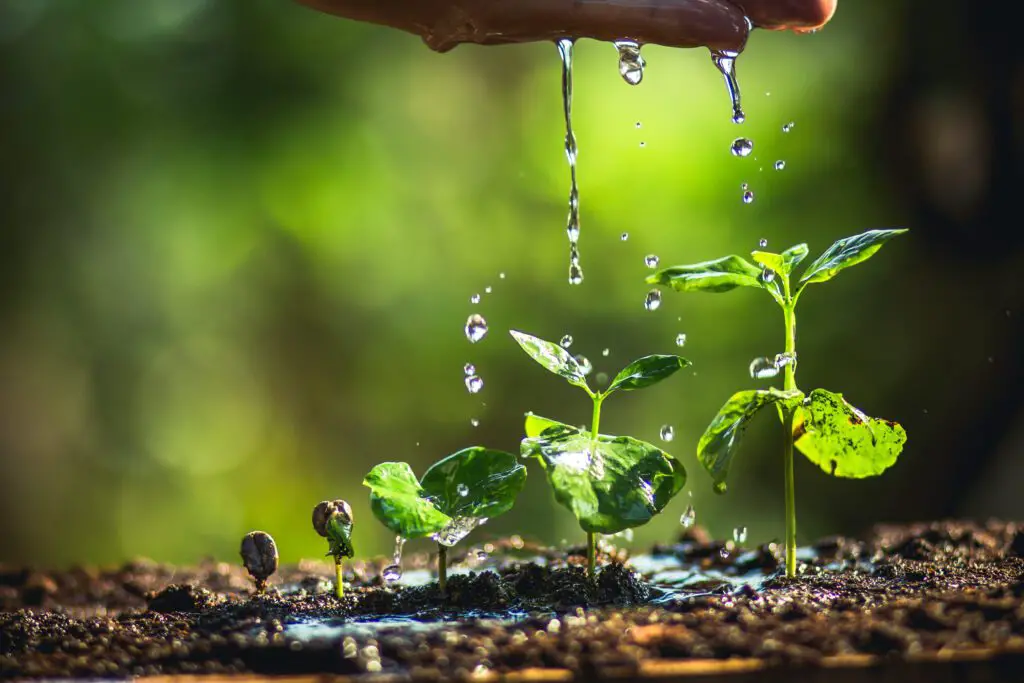
Firstly, it is important to understand that overwatering can be just as harmful as underwatering. Both can lead to root rot, nutrient deficiencies, and stunted growth. To avoid these issues, it is crucial to find a balance between providing enough water for your plants to thrive and allowing the soil to dry out slightly between waterings.
One effective method is to conduct a finger test. Simply insert your finger into the soil around the plant’s root zone to a depth of about an inch. If the soil feels moist, it indicates that you can hold off on watering. However, if it feels dry, it is a sign that your plants are in need of some hydration. By regularly checking the moisture levels in the soil, you can develop a better understanding of your plant’s specific watering requirements and adjust your schedule accordingly.
It is also important to consider other factors that can influence the frequency of watering, such as the type of soil and the climate in your area. Plants situated in sandy soil tend to dry out more quickly and may require more frequent watering, while those in clay soil retain moisture for longer periods, requiring less frequent irrigation. Furthermore, hot and dry climates typically demand more frequent watering, whereas cooler and more humid environments may necessitate less frequent waterings.
By carefully observing your plants, conducting regular soil moisture tests, and taking into account various environmental factors, you can determine the ideal watering schedule that promotes optimal growth and prevents water-related issues. Stay tuned for the next section, where we will delve deeper into assessing soil moisture levels and determining the appropriate watering frequency for different plant types.
Assessing Soil Moisture Levels to Determine Watering Frequency
Assessing soil moisture levels is crucial in determining the proper watering frequency for your plants. The amount of moisture in the soil directly affects the availability of water to plant roots and their overall health. One effective way to assess soil moisture is by using a moisture meter or probe.
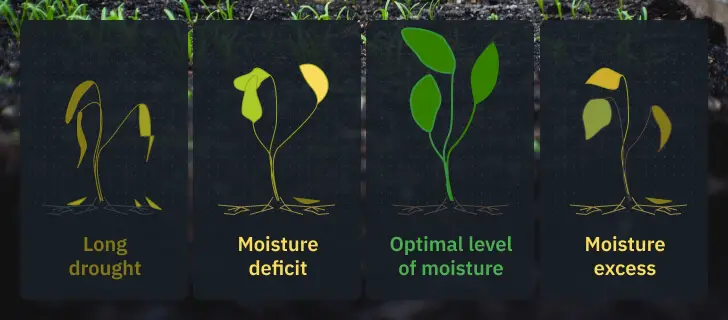
A moisture meter is a handy tool that measures the moisture content at different depths of the soil. Insert the probe into the soil near the root zone of the plant and take readings at various depths. This will provide you with valuable information about the moisture distribution in the soil profile. Ideally, the top few inches of soil should be slightly moist, indicating that the plant has sufficient water to meet its needs. However, the deeper layers should be slightly drier to encourage the plant’s roots to grow downward in search of water.
Additionally, you can also assess soil moisture levels by performing a simple touch and feel test. Take a handful of soil and squeeze it lightly. If the soil holds its shape and feels moist, it indicates adequate moisture. On the other hand, if the soil crumbles and feels dry, it suggests that the plant requires watering. By consistently monitoring and assessing soil moisture levels, you can fine-tune your watering schedule to ensure your plants receive just the right amount of water for optimal growth and health.
Choosing the Right Watering Tools and Equipment
When it comes to choosing the right watering tools and equipment for your garden, it’s essential to consider the specific needs of your plants. Different plants require different methods of watering, and having the appropriate tools can make all the difference in maintaining their health and vitality.
| Tool/Equipment | Description |
|---|---|
| Watering Can | Handheld container with a spout for precise watering. |
| Hose | Flexible tube for watering large areas or gardens. |
| Sprinkler System | Automated system with sprinkler heads for even coverage. |
| Drip Irrigation | Delivers water directly to the base of plants slowly. |
| Watering Wand | Extended wand with a nozzle for targeted watering. |
| Soaker Hose | Permeable hose that releases water along its length. |
| Watering Timer | Automates watering schedules for convenience. |
| Watering Gloves | Protects hands while gardening and watering. |
| Rain Barrel | Collects rainwater for eco-friendly watering. |
| Watering Nozzle | Adjustable nozzle for controlling water flow and pattern. |
One of the first factors to consider is the type of plants you have. For delicate or indoor plants, a fine mist sprayer or a watering can with a narrow spout can provide gentle and precise watering. On the other hand, larger outdoor plants or garden beds may benefit from a hose with an adjustable nozzle, allowing you to control the water flow and reach a larger area.
Another important consideration is the watering system you choose. Drip irrigation systems are popular for their efficiency and water conservation benefits. These systems deliver water directly to the roots, reducing any waste or evaporation. If you prefer a hands-on approach, a soaker hose can also be effective in providing slow, deep watering to the plant roots. Ultimately, selecting the right watering tools and equipment involves understanding your plants’ needs and finding the most suitable methods to ensure their optimal growth and development.
Properly Preparing Water for Plant Irrigation
Properly preparing water for plant irrigation is essential for maintaining the health and vitality of your plants. Water quality can have a significant impact on the growth and productivity of plants, so it is important to take certain steps to ensure that the water you provide is suitable for irrigation.
One important factor to consider is the pH level of the water. Different plants thrive in different pH levels, so it’s crucial to know the specific requirements of your plants. Most plants prefer a slightly acidic to neutral pH range, typically between 6.0 and 7.0. You can easily test the pH of your water using a pH testing kit, which is readily available at gardening stores. If the pH is not within the optimal range, you can adjust it by adding appropriate pH modifiers, such as organic acid or lime, to achieve the desired level.
Additionally, the presence of contaminants in the water, such as chlorine and heavy metals, can be detrimental to plants. Chlorine, commonly found in tap water, can be harmful to plant roots and beneficial soil organisms. To remove chlorine, you can either let the water sit for 24 hours to allow the chlorine to dissipate or use a dechlorinator specifically designed for gardening purposes. If your water contains high levels of heavy metals, it is recommended to consider using a water filtration system to ensure the removal of these toxic substances.
By taking these steps to properly prepare your water for plant irrigation, you can create a conducive environment for your plants to thrive. Remember, understanding the specific needs of your plant species and providing them with the appropriate pH and clean water are crucial for their overall health and successful growth.
Avoiding Common Watering Mistakes that Can Harm Plants
Watering is an essential aspect of caring for plants, but improper watering practices can have detrimental effects on their health and growth. To ensure that your plants thrive, it is important to avoid common watering mistakes that can harm them. One common mistake is overwatering, which can lead to root rot and other diseases. It is crucial to understand the specific watering needs of your plants and provide them with the appropriate amount of water.
Here are points on avoiding common watering mistakes that can harm plants:
- Overwatering:
- Causes root rot and deprives plants of oxygen.
- Monitor soil moisture and water only when needed.
- Underwatering:
- Leads to stress and stunted growth.
- Establish a consistent watering schedule based on plant needs.
- Improper Timing:
- Water in the morning to reduce evaporation and allow foliage to dry.
- Avoid watering late in the day to prevent fungal issues.
- Shallow Watering:
- Encourages shallow root development.
- Water deeply to promote healthy root growth.
- Ignoring Soil Type:
- Different soils retain water differently.
- Adjust watering frequency based on soil composition.
- Overhead Watering in Sunlight:
- Can lead to sunburn on leaves.
- Water at the base to avoid this issue.
- Neglecting Drainage:
- Poor drainage causes waterlogged soil.
- Ensure containers and planting areas have proper drainage.
- Not Adjusting for Weather:
- Plants need more water during hot and windy conditions.
- Adjust watering amounts based on weather patterns.
- Using Hard Water:
- Accumulation of salts in the soil can harm plants.
- Consider using filtered or rainwater when possible.
- Ignoring Plant-Specific Needs:
- Different plants have different water requirements.
- Research and tailor watering practices to each plant species.
On the other hand, underwatering is another mistake that should be avoided. Insufficient water can result in wilting, stunted growth, and even death of the plant. It is essential to regularly assess the moisture levels of the soil and adjust the watering frequency accordingly. By implementing a proper watering schedule and closely monitoring the moisture levels, you can ensure that your plants receive just the right amount of water they need for healthy growth. Remember, striking the right balance is key when it comes to watering your plants and avoiding these common mistakes.
Implementing Deep Watering Techniques for Stronger Root Systems
Deep watering is an essential technique for promoting stronger root systems in plants. When you provide deep irrigation, you encourage roots to grow deeper into the soil, resulting in improved nutrient uptake and overall plant health. The process involves soaking the root zone of the plant thoroughly, ensuring that water reaches the lower layers of soil where roots can access it. This technique is particularly beneficial during hot and dry periods when surface moisture quickly evaporates.
To implement deep watering effectively, consider using methods such as drip irrigation or soaker hoses. These tools deliver water directly to the base of the plant, reducing water loss through evaporation and wastage. Additionally, watering deeply and infrequently, rather than shallowly and frequently, helps plants develop a robust root system capable of withstanding drought conditions. By encouraging roots to search for moisture deeper in the soil, you enhance their ability to access stored water during dry spells. Deep watering is a simple but powerful technique that can significantly enhance the resilience and vitality of your plants’ root systems.
Utilizing Mulch to Retain Moisture and Reduce Watering Frequency
Mulching is a highly effective technique for conserving water in your garden and reducing the frequency of watering. By applying a layer of organic or inorganic material around your plants, you can create a protective barrier that helps to retain moisture in the soil. This, in turn, reduces evaporation and keeps the soil consistently moist, even during periods of hot weather or drought.
One of the main benefits of utilizing mulch is its ability to regulate soil temperature. The layer of mulch acts as insulation, keeping the soil cooler in the summer and warmer in the winter. This helps to prevent moisture loss through evaporation, allowing the water to penetrate deeper into the soil where the plant roots can access it. Additionally, mulch creates a physical barrier between the soil and the outside environment, reducing weed growth and competition for water resources. Overall, the use of mulch not only saves water but also promotes healthier plant growth and reduces the need for frequent watering.
Understanding the Importance of Proper Drainage for Plant Health
Proper drainage is a crucial factor in ensuring the health and vitality of plants in any garden. When it comes to plant health, excess water can be as detrimental as insufficient water. Without proper drainage, excess moisture can accumulate around the plant’s roots, leading to root rot and other water-related diseases. Furthermore, waterlogged soil can interfere with the availability of oxygen to the roots, causing stress and stunted growth.
To understand the importance of proper drainage, let’s delve into the reasons why it is essential for plant health. First and foremost, adequate drainage allows excess water to escape easily, preventing the soil from becoming saturated. This allows roots to access oxygen, which is necessary for their respiration process. It also helps to flush out any excess salts or minerals that may have accumulated in the soil, minimizing the risk of nutrient imbalances that can harm plants. Additionally, proper drainage facilitates the movement of water-soluble nutrients into the root zone, ensuring that plants receive the nourishment they need to thrive.
In the next section, we will explore various methods and techniques to promote proper drainage in your garden. By implementing these strategies, you can create an ideal environment for your plants, promoting their overall health and vigor.
• Use raised beds or mounds: Raised beds and mounds can improve drainage by allowing excess water to flow away from the plant’s roots.
• Incorporate organic matter: Adding compost or well-rotted manure to your soil can help improve its structure, making it more porous and enhancing drainage.
• Avoid compacting the soil: Compacted soil prevents water from percolating through, leading to poor drainage. Avoid walking on wet soil or using heavy machinery on garden beds.
• Install drainage systems: In areas with consistently poor drainage, installing French drains or underground pipes can help redirect excess water away from plants’ root zones.
• Choose appropriate plants for your site: Different plants have different moisture requirements. Selecting plants that are suited to your specific soil conditions will help ensure better overall health and less risk of water-related issues.
• Mulch your garden beds: Applying a layer of mulch around your plants helps regulate soil temperature and retain moisture while also preventing excessive evaporation that could lead to dryness or uneven watering patterns.
By understanding the importance of proper drainage and implementing these techniques in your garden, you can create an environment where plants thrive. With adequate oxygen supply, nutrient availability, and reduced risk of diseases caused by excess moisture, you’ll be able to enjoy healthy and vibrant gardens year-round.
Monitoring and Adjusting Watering Practices According to Weather Conditions
To ensure the optimal health and growth of your plants, it is crucial to monitor and adjust your watering practices according to the current weather conditions. By doing so, you can provide your plants with the right amount of water they need, preventing both overwatering and underwatering.
During hot and dry periods, plants tend to lose more water through evaporation, which can lead to drought stress and wilting. In such conditions, it is essential to increase the frequency and duration of watering to compensate for the increased water loss. However, it is equally important to avoid excessive watering as it can result in waterlogged soil and root rot. To determine the appropriate watering frequency, you can assess the moisture levels in the soil using a moisture meter or simply by feeling the soil with your fingers. The top few inches of soil should be slightly damp but not overly wet.
On the other hand, during cooler and rainy periods, plants require less water as the atmospheric moisture and rainfall can adequately meet their needs. Overwatering during these times can cause root suffocation and create an environment favorable for fungal diseases. To avoid these problems, reduce the watering frequency and only water if the soil feels dry to the touch. Keep in mind that different plant species have varying water requirements, so it is essential to consider the specific needs of each plant when adjusting your watering practices. By paying attention to the weather conditions and making appropriate adjustments, you can ensure your plants receive the ideal amount of water for their healthy and vibrant growth.
Recognizing Signs of Overwatering and Underwatering in Plants
Overwatering and underwatering are common problems that can have detrimental effects on the health and growth of plants. It is crucial for gardeners to recognize the signs of these issues in order to take immediate action and prevent further damage. One tell-tale sign of overwatering is excessive moisture in the soil, which can lead to wilting, yellowing leaves, and root rot. Overwatered plants may also have a musty odor and show signs of leaf drop. On the other hand, underwatered plants may have dry and brittle leaves that curl or turn brown. They may also exhibit stunted growth and an overall lack of vigor. It is important to understand that different plant species have varying water requirements, so it is essential to research and understand the specific needs of each plant in your garden.
To accurately determine whether a plant is being overwatered or underwatered, it is essential to assess the soil moisture levels. One method is to simply touch the soil with your finger. If it feels excessively wet or muddy, this indicates overwatering. Conversely, if the soil feels dry and crumbly, it may be a sign of underwatering. Another effective technique is using a soil moisture meter, which provides precise readings of the moisture levels in the soil. This tool can be a valuable asset in ensuring that your plants receive the right amount of water. By carefully monitoring soil moisture and recognizing the signs of overwatering and underwatering, gardeners can adjust their watering practices accordingly and promote healthier plant growth.
Implementing Water Conservation Techniques in Your Garden
Water conservation is a crucial aspect of maintaining a sustainable and environmentally friendly garden. By implementing effective water conservation techniques, you not only save a vital resource but also promote the health and longevity of your plants. One practical technique is to utilize drip irrigation systems. Drip irrigation delivers water directly to the roots of plants, reducing water waste caused by evaporation and runoff. This method ensures that each plant receives the necessary amount of water while minimizing excess usage. Additionally, using mulch around your plants can help retain soil moisture, reducing the need for frequent watering. Mulch acts as a protective barrier, preventing evaporation and keeping the soil temperature consistent. This simple yet effective technique can significantly decrease water usage in your garden while benefiting the overall health of your plants.
Troubleshooting Common Watering Issues to Enhance Plant Growth
One of the most common watering issues that gardeners face is overwatering their plants. Overwatering can suffocate the roots and lead to root rot or fungal diseases. To troubleshoot this issue, it is essential to monitor the moisture levels in the soil regularly. One effective way to do this is by using a moisture meter or simply sticking your finger a few inches into the soil to feel the dampness. If the soil feels consistently wet or waterlogged, it is a clear sign of overwatering. To remedy this, reduce the frequency of watering and allow the soil to dry out between waterings. Additionally, ensure that the plants have adequate drainage to prevent water from pooling around their roots.
On the other hand, underwatering is another common watering issue that can hinder plant growth. Insufficient water supply can cause wilting, stunted growth, and nutrient deficiencies. To address this issue, it is crucial to evaluate the specific water needs of each plant type and adjust the watering frequency accordingly. Some plants may require more frequent watering, especially during hot and dry weather conditions, while others may tolerate more extended periods between waterings. It is crucial to research and understand the specific watering requirements of your plants to ensure they receive adequate hydration. Regularly monitoring the soil moisture levels and observing the overall appearance of the plants can help determine whether underwatering is the underlying issue.
For more details check the vedio given below:
How do I determine the watering needs of different plant types?
Understanding the specific watering needs of different plant types is crucial for their optimal growth. Researching the specific requirements of each plant or consulting a gardening expert can provide insights into their watering needs.
What is the ideal watering schedule for my plants?
The ideal watering schedule for your plants depends on various factors such as the type of plant, climate conditions, soil type, and season. It is recommended to water deeply and less frequently, allowing the soil to dry slightly between watering sessions.
How can I assess soil moisture levels to determine the frequency of watering?
You can assess soil moisture levels by inserting your finger or a moisture meter into the soil. If the top inch or two of soil feels dry, it is an indication that watering is required. However, if the soil feels moist, it is better to wait before watering again.
What are the right watering tools and equipment to use?
The choice of watering tools and equipment depends on the size of your garden and personal preference. Common options include watering cans, garden hoses with adjustable nozzles, drip irrigation systems, and sprinklers. Select tools that provide a gentle and even distribution of water.
How should I properly prepare water for plant irrigation?
Properly preparing water for plant irrigation involves avoiding the use of chlorinated or heavily treated water. If tap water is the only option, letting it sit for 24 hours before using it can help dissipate the chlorine. Alternatively, using rainwater or filtered water is beneficial for plant health.
What are some common watering mistakes to avoid that can harm plants?
Overwatering and underwatering are common mistakes that can harm plants. Additionally, watering foliage instead of the soil, using excessive force while watering, and neglecting to adjust watering practices according to weather conditions can also be detrimental to plant growth.
How can I implement deep watering techniques for stronger root systems?
Deep watering involves providing a slow and steady stream of water that reaches the depths of the root system. This encourages the roots to grow deeper in search of water, resulting in stronger and more resilient plants. Watering at the base of the plant and avoiding shallow surface watering promotes deep root growth.
How can mulch help retain moisture and reduce watering frequency?
Mulch acts as a protective layer on the soil’s surface, reducing evaporation and maintaining moisture levels. It also helps regulate soil temperature, inhibits weed growth, and improves overall soil health. Applying a layer of organic mulch around plants can significantly reduce watering frequency.
Why is proper drainage important for plant health?
Proper drainage ensures that excess water can escape from the soil, preventing waterlogged conditions that can cause root rot and other diseases. Adequate drainage helps maintain a balanced soil moisture level and allows oxygen to reach the roots, promoting healthy plant growth.
How should I adjust my watering practices according to weather conditions?
Monitoring weather conditions is essential for adjusting watering practices. During hot and dry periods, plants may require more frequent watering to compensate for increased evaporation. Conversely, during cooler and rainy periods, it is important to reduce watering frequency to avoid overwatering.
What are the signs of overwatering and underwatering in plants?
Signs of overwatering include yellowing leaves, wilting despite the soil being moist, and the presence of fungus or mold. Underwatering signs include drooping leaves, dry and brittle foliage, and soil that is visibly dry and pulls away from the pot’s edges.
How can I implement water conservation techniques in my garden?
Water conservation techniques in the garden include using mulch to reduce evaporation, collecting and utilizing rainwater, grouping plants with similar water needs together, and employing efficient irrigation methods such as drip systems. Additionally, avoiding watering during peak sunlight hours can minimize water loss due to evaporation.
How can I troubleshoot common watering issues to enhance plant growth?
Troubleshooting common watering issues involves identifying the specific problem, such as overwatering or underwatering, and adjusting watering practices accordingly. It may also include examining drainage, checking soil moisture levels, and observing plant health to pinpoint and resolve any issues.


